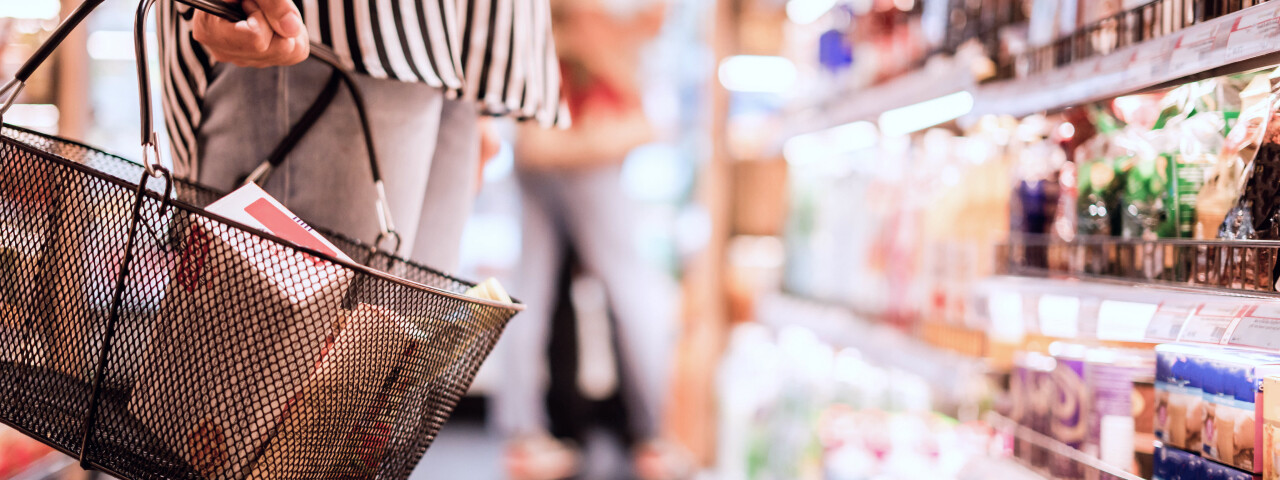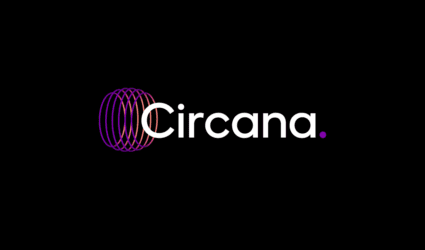By John Crawford, Dairy, IRI
For dairy, 2022 was a year of strong dairy growth across all channels driven by significantly higher prices. In IRI’s tracking of the Dairy15 categories, we saw dollar growth driven by more trips and more dollars per trip that offset a slight decline in household penetration. While we expect consumer concern with higher prices to continue to grow through 2023, we also see another potential year of category growth ahead.
Following are some key trends we predict for 2023 — and some recommendations on how producers can best address them to keep the dairy momentum going amid our current inflationary and economic headwinds.
1. Dairy inflation will likely remain high.
In 2022, dairy had the most extreme inflation of any grocery store category. We expect inflation in the dairy case to moderate in 2023.
Price Inflation for Branded Products by Food and Beverage Segments for Q4 2022 YA /Omni Projected based on MULO pricing
Note: Dollar-weighted average price (including base price and promotion) change across UPCs, based on releasable UPCs. Excludes any product mix effects. Source: IRI POS data ending 12/25/22. IRI Client Engagement
But dairy prices are likely to still increase more in the year ahead than products in other store categories. Given their staple-product status, dairy products will remain more insulated from inflation-related declines in unit sales than other products in more discretionary categories.
2. Private label momentum will cool.
In 2022, we saw private label growth outpace the growth of name brands in 13 out of 15 of IRI’s Dairy15 categories as high inflation clearly influences consumer decisions. While private label pricing is likely to follow dairy commodity markets pricing down, that will happen slower than in previous years as retailers stretch their margins in an effort to remain insulated from potential future challenges and uncertainties.
As a result, we expect private label use in dairy to remain elevated, particularly in those select areas where consumers are familiar with it. Private label acceptance will continue to be strong in the dairy categories that consumers view as commodities. In 2022, for example, dairy white milk drove 19% of Dairy15 dollar growth overall, with private label responsible for 65% of the growth within dairy white milk. Many consumers see private label as equal to or better than branded products in these areas. As inflation cools, however, private label is unlikely to make further inroads in other areas where brands remain stronger.
3. Brands will favor promotions over price decreases.
The dairy brands that took numerous price increases through 2021 and 2022 will be reluctant to turn back prices now, even as commodity prices decrease. Instead, they will choose to deal back margin in promotions.
Promotions were expected to return in 2021 following a dry 2020 but didn’t materialize. Expect 2023 to finally bring the return of promotions in full force as brands and retailers look to appeal to cash-strapped consumers without sacrificing the price increases they have implemented over the past two years.
4. Value shopping trends will continue.
Expect value channels to continue to do well in 2023 on the heels of strong dollar sales growth for the club and mass merchandise channels in 2022. In addition to their growing acceptance of private label, consumers will also seek value in the products they buy. This will include buying more value sizes for bulk savings, but also buying smaller sizes with lower absolute price points to meet financial constraints and avoid waste.
5. Differentiation will be key for brand success.
In this environment, dairy brands should exploit several key levers for ongoing success. They can win with effective differentiation, innovation, clear benefit/claims communication and winning pricing and promotion strategies. We expect a variety of claims that won big in 2022 to continue to present further opportunities for growth in 2023.
Despite overall trading-down tendencies and budget tightening, consumers will continue to look to indulge affordably on occasion by enjoying premium experiences at home. Continuing innovations that deliver premium experiences, better-for-you products, great taste and convenience should remain important areas of focus.
6. Supply consistency will help retailers win.
In the year ahead, the best thing suppliers can do is to help retailers win the supply chain battle by providing consistent and reliable supply. This includes optimizing shelf assortments by making sure that the fastest-moving items have ample facings.
7. External factors will continue to play an outsize role.
In the pre-COVID-19 era, CPG-controlled drivers accounted for more than 70% of category sales growth. Today, the majority of sales drivers remain uncontrollable ones such as shifting consumer mobility, supply issues, inflation, economic uncertainty, weather, gas prices, and other external factors.
The heightened influence of external factors on consumer demand is likely to remain. So, it’s important to monitor external factors diligently and respond with agility to this “new (ab)normal” versus hoping for a return to 2019 normalcy.
8. Egg prices should gradually decline.
As farmers replace infected flocks, egg prices are likely to moderate slowly in 2023. High input costs and cage-free mandates will continue to strain prices, however.
Given the current low gap between the pricing of commodity and value-added eggs, now is a great time for suppliers of the latter to talk about the benefits and relative inexpensiveness of trading up right now. It’s also an important time to communicate with consumers to explain the forces driving egg-price increases.
As these trends illustrate, it will be important for dairy producers to prioritize value channels, promotions, and benefits-focused innovation to meet consumers’ dairy needs in 2023 amid an ongoing inflationary environment. Investment in supply chain technologies to prevent future disruptions and fortify supply chains will also be critical, as will ongoing monitoring of fast-changing external conditions and their impact on consumer demand and behavior.
Using these approaches, dairy producers will be poised to win in 2023 by seizing the best market opportunities and leveraging data and analysis to fully utilize every controllable lever of growth in this unpredictable environment.
Get insights straight to your inbox





